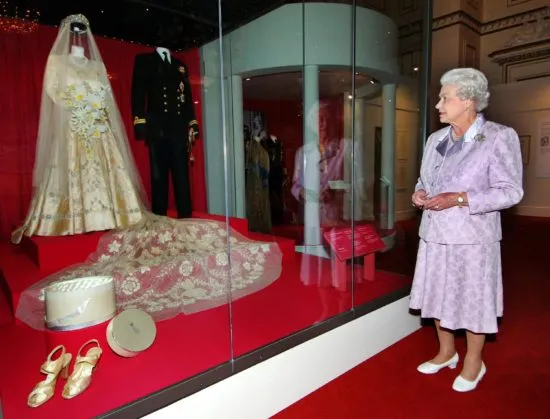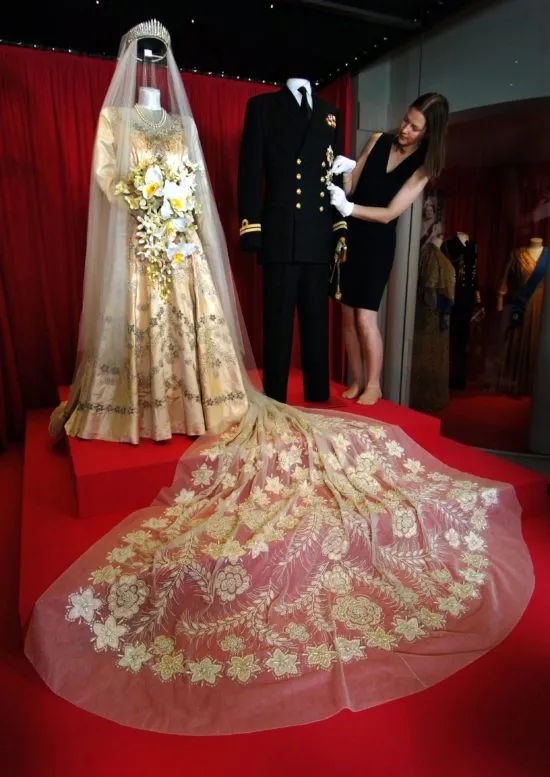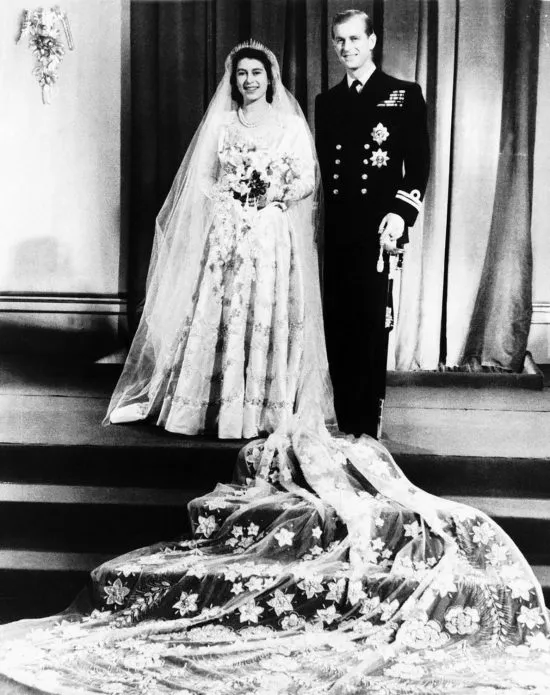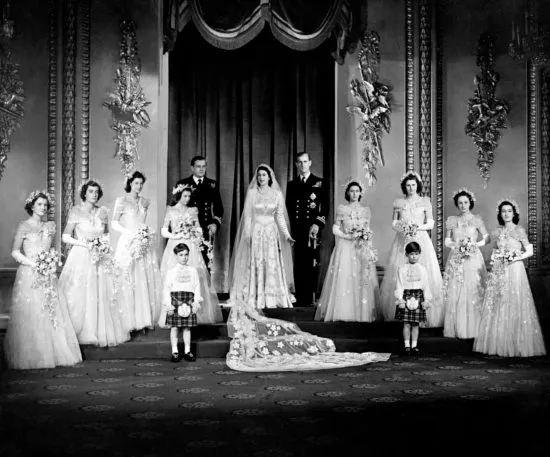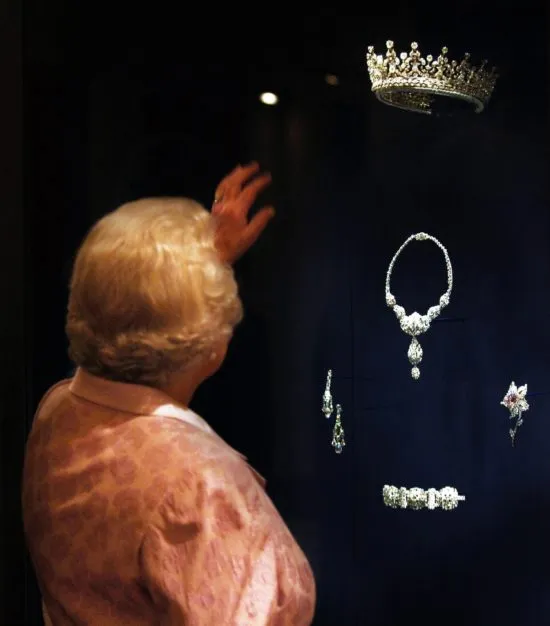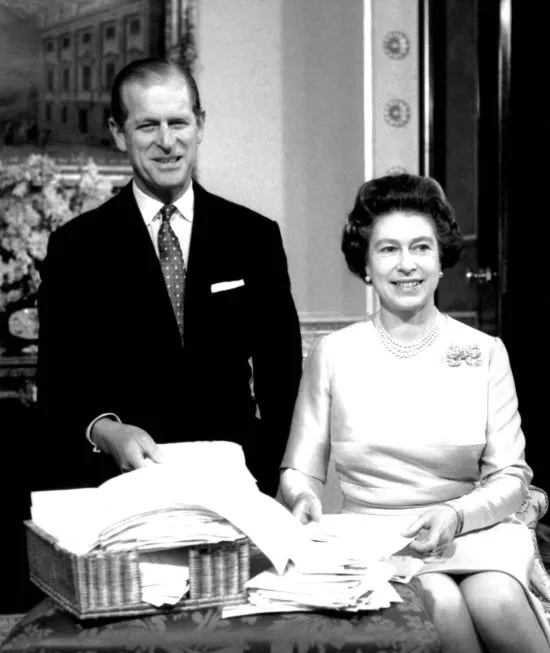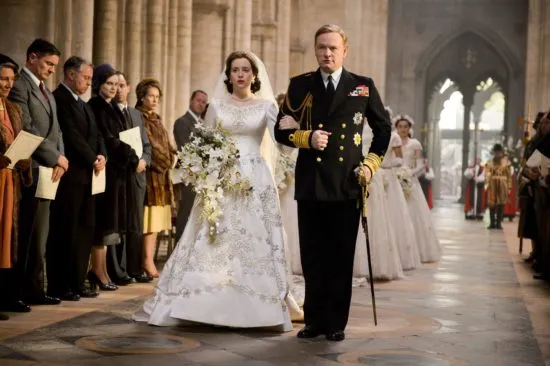Over 70 years ago in November of 1947, Queen Elizabeth stepped out to marry Prince Philip Mountbatten, Duke of Edinburgh at Westminister Abbey. Their royal wedding held a bigger significance than just the uniting of two people, but also served as a movement forward and a moment of hope for the public following World War II. The British government was still in recovery and the joy and promise of the royal wedding brought feelings of a new start to the British people. Designer Norman Hartnell took on the role of creating the lavish gown and vowed to make it “the most beautiful gown he ever made.” For more information about the iconic gown, follow along for 15 hidden details on Queen Elizabeth’s royal wedding dress:
15. She didn’t try on the dress until the morning of the wedding
Surprisingly Queen Elizabeth didn’t try on her finished wedding dress until the morning of her wedding, according to The Telegraph! It was a wedding tradition that trying on the dress before the wedding was bad luck and Elizabeth chose to respect the tradition. Allegedly Princess Elizabeth was highly nervous in the morning prior to the wedding that the dress wouldn’t fit. Miss Yvonne, vendeuse to the Queen and the two Princesses, was sent to the Palace in the morning to help fit the gown and confirm the final touches.













